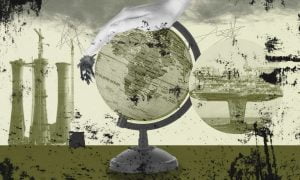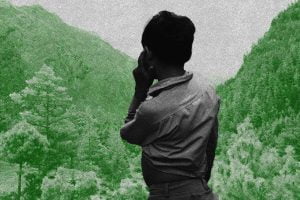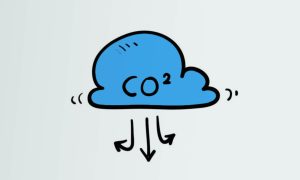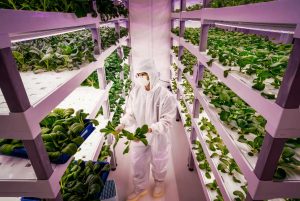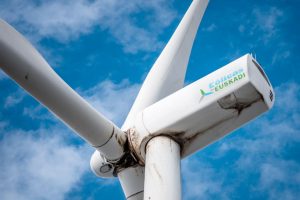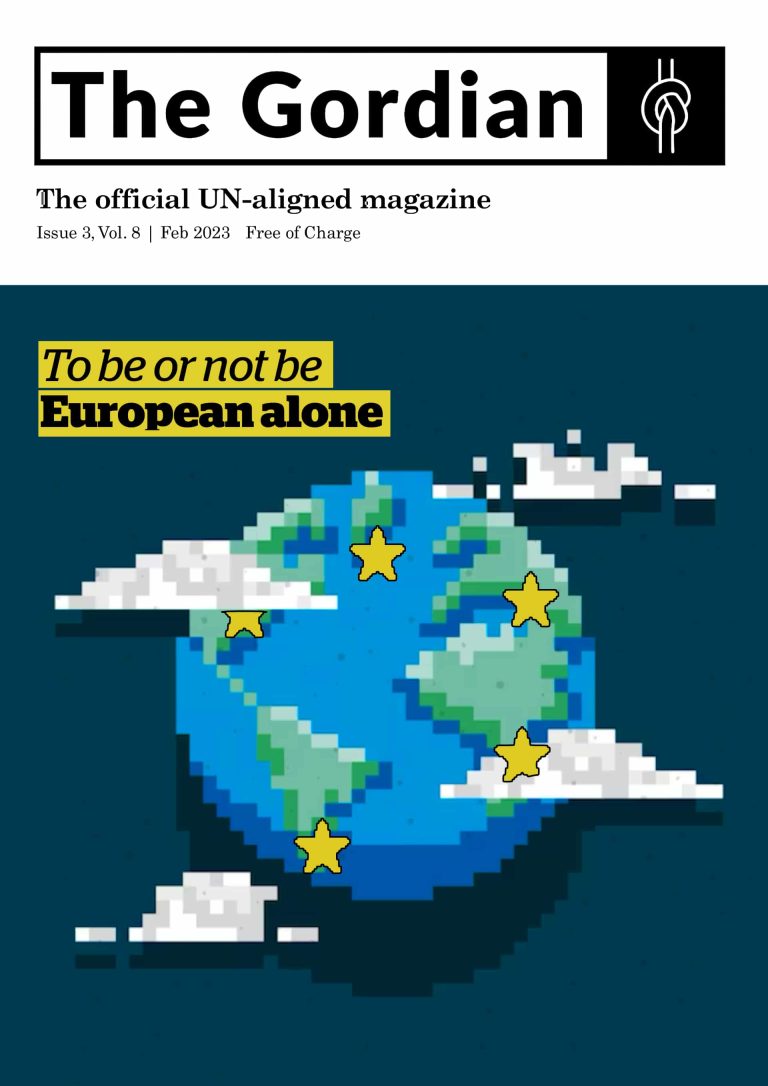In the backdrop of global warming, habitat loss and outbreak of zoonotic diseases merely ecosystem conservation would not prove sufficient unless bolstered by environmental remediation and restoration.
Remediation and restoration
Terrestrial ecosystem restoration can be augmented with novel afforestation techniques like Miyawaki method thereby increasing biodiversity along with sequestering greenhouse gasses. Marine ecosystems can be restored by techniques like Floating Solar PhotoVoltaics, offshore wind farms, wind-Solar hybrids and powered Biorock accretion techniques followed by the insertion of a living coral in the skeleton to enhance biodiversity in these “rainforests” of the oceans. Oil spills from ships can have a pernicious effect on fragile marine ecosystems.
These can be remedied using bioremediation techniques. This can reduce the plight of vulnerable marine reptiles like Olive Ridley Turtles. Ingenious techniques like Aquaponics, Vertical farming, Mixed farming, Zero Budget Natural Farming, etc. need to be promoted and made ubiquitous. Anti-Methanogenic Feeds could be fed to cows to reduce the emission of methane, a gas with a Global Warming Potential several times greater than Carbon Dioxide. Similarly, use of compounds like Diclofenac which harm vultures need to be phased out. Stringent Environmental Impact Assessment norms need to be promulgated with a tradeoff between Installed Capacity and environmental impact in the case of Hydropower projects located in Environmentally Vulnerable Locations.
Revenue collection and storage mechanisms
Further, revenue collection mechanisms like National Carbon Tax need to be introduced. National Carbon Tax can provide a double dividend: Mitigating Pollution and using the collected amount for ecosystem restoration and livelihood augmentation, where the money is transferred in the form of Direct Benefit Transfer to impecunious households who bear the brunt of environmental degradation and inflation more. National Carbon Tax also helps cleaner fuels like Natural Gas replace polluting fuels like Coal in the power generation Variable Cost Merit Order.
Hybrid Wind-Solar farms with high Capacity Utilization Factor could be promoted at the generation level. Small Hydropump based storage units could store excess electrical energy from solar-wind hybrids in the form of potential energy at a height when supply exceeds demand. This stored water can later produce electricity by rotating Kaplan Turbines when demand exceeds supply. As Solar Insolation and Wind speed have a high value during summers, these novel hybrids, when coupled with desalination/ water purification units could prove to be beneficial for tropical countries where the demand for electricity and potable water both surge together during summers.
Additional measures that can be taken to support the environment
Further, Public transport (Railways/Mass Rapid Transit Systems) could be powered by Overhead Electric Cables rather than less efficient Diesel Electric or Diesel Mechanical powertrains. In places where Overhead Transmission Lines pose risk to avifauna like Great Indian Bustard, underground cabling could be preferred. A flexible Nationally Determined Contribution policy where the states can decide the proportion of renewable generation as per their geography could be incorporated. For example, littoral states can opt for a greater share of wind energy in their renewable energy generation mix.
On the other hand, arid states with abundant sunshine can opt for a greater share of solar energy. Recycling of stubble to produce organic manure or biogas can prevent Air Quality exacerbation to a great extent. Further, to ensure the penetration of cleaner fuels like Biogas, biomass could be purchased by the Oil Marketing Companies from the forest dwellers at a fair price. Otherwise, they would continue using the polluting biomass fuel for cooking and not switch to cleaner fuels in the absence of disposable income.
In forest fire prone areas, fire spread increases with wind speed. In these areas, a win-win situation could be to use the wake effect of windmills to reduce wind speed along with producing electricity. Similarly, piezoelectric sensors near sensitive animal corridors could provide the advantage of sending warning signals to Tourists/ Locomotive pilots / Forest Officials/Natives etc. if wild animals are crossing the railway track/highway, averting accidents.
These sensors produce an electrical potential difference when animals pass over them. A variable Environmental Compensation Cess could be introduced in proportion to the quantity of emission of deleterious pollutants and their respective toxicities to discourage their emissions. These measures, if implemented in a techno-economically viable manner could prove to be an elixir for promoting the concepts of a clean and sustainable economy.
- Partho Pratim Chatterjee is the advisor of climate, environment and green technologies at UN-aligned










